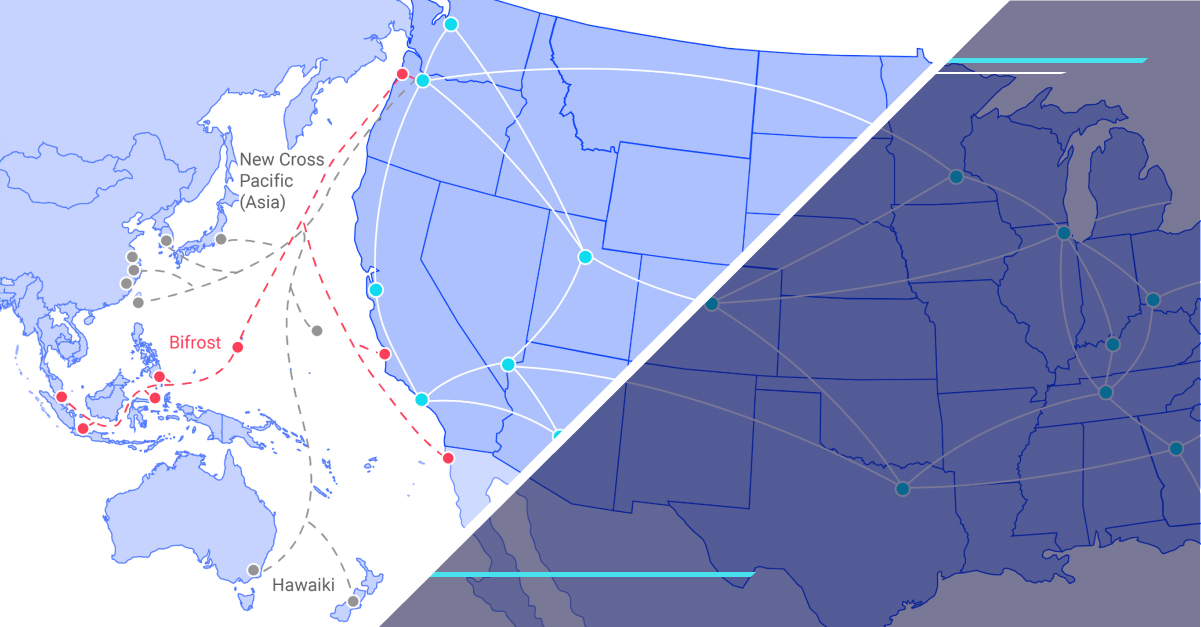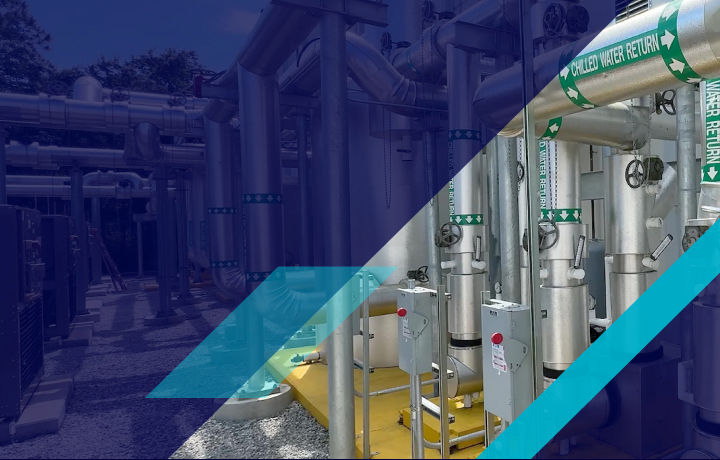How colocation hosting supports high-availability infrastructure
When your business depends on critical applications and nonstop connectivity, downtime is a risk to revenue, reputation, and compliance. Colocation hosting gives you a secure, reliable place to run your IT systems, with built-in protections to keep them available no matter what happens.

By moving your hardware into a professionally managed data center, you gain redundant power, advanced cooling, and diverse network connections, the kind of infrastructure that’s tough and expensive to build on your own.
If high availability (HA) is part of your strategy, colocation hosting is one of the most effective ways to get there without the heavy capital investment of owning and operating a facility yourself.
What is colocation hosting?
Colocation hosting means placing your servers and networking equipment in a third-party data center while keeping full control of your systems and software. The provider delivers the building, security, power, cooling, and network connections, everything your hardware needs to stay up and running, and your team manages the applications and data.
The right colocation services provider gives you more than just a place to rack your servers. You get an environment purpose-built for uptime, with multiple power feeds, carrier diversity, and security measures that protect your investment. That frees you to focus on business priorities instead of worrying about outages or hardware failures.
Key components
- Secure physical space in racks, cabinets, or private cages
- Reliable power with UPS systems and backup generators
- Advanced cooling to maintain safe operating temperatures
- Multiple network carriers for redundancy and performance
- Layered security with biometrics, video surveillance, and 24/7 staffing
Why companies choose it
Many organizations turn to colocation because it delivers enterprise-grade reliability without the cost and complexity of building it themselves. Whether you’re adding capacity, supporting remote teams, or modernizing your environment, colocation provides a flexible foundation that can scale with your needs.
Understanding high availability in IT
High availability is about keeping systems online for as close to 100% of the time as possible. It’s often measured in “nines” of uptime: 99.9% means roughly 8.5 hours of downtime per year; 99.999% (“five nines”) allows just over five minutes.
Those small differences can mean big losses. For example, a payment processor that’s down for an hour could lose hundreds of thousands in transactions. In healthcare, system outages can delay patient care and put safety at risk.
Downtime costs and business risk
If you’ve ever sat through an outage, you know how fast costs pile up. Gartner estimates the average cost of IT downtime at $5,600 per minute, and that’s before you factor in lost trust, missed opportunities, or compliance fines.
Uptime metrics and redundancy tiers
Colocation facilities are engineered to keep you online. They use redundancy models such as:
- N+1: One backup component for every critical component, so maintenance or failure doesn’t cause downtime.
- 2N: A complete duplicate of every system, allowing one side to fail entirely without affecting operations.
- 2N+1: Adds an extra layer of protection with an additional backup on top of full duplication.
These designs mean your systems stay online even if something goes wrong with the primary infrastructure.
How colocation enables high availability
Colocation aligns perfectly with HA strategies because it’s built for resilience from the ground up.
Redundant power and cooling infrastructure
Power disruptions are one of the leading causes of outages. Colocation facilities counter that with dual power feeds, battery backups, and generators that can run for extended periods. Cooling systems are just as prepared, with failover capabilities to keep temperatures steady even if one unit fails.
Network resiliency and carrier diversity
A network outage can be just as damaging as losing power. Colocation data centers connect to multiple carriers with diverse network paths, so traffic can be rerouted instantly if a link goes down. Many also offer modern connectivity solutions that link directly to cloud platforms and other facilities, reducing latency and recovery times.
Physical security and compliance
Protecting uptime isn’t only about hardware and power. Colocation sites use multi-factor access controls, 24/7 monitoring, and continuous video surveillance to keep your systems safe from physical threats. Many are certified for HIPAA, PCI DSS, and other standards, giving you the compliance assurance your industry demands.
Use cases for high-availability colocation
Colocation hosting supports uptime goals across a wide range of industries.
Finance, healthcare, SaaS
In finance, even seconds of downtime can interrupt trades or delay transactions. Healthcare providers need uninterrupted access to patient records and systems. SaaS companies depend on consistent service to keep customers happy. Colocation helps all of these industries meet strict uptime and compliance requirements without shouldering the infrastructure burden.
Disaster recovery and hybrid cloud
Colocation makes a strong disaster recovery solution. You can replicate critical systems to a secondary site and fail over quickly if your primary location goes down. It’s also ideal for hybrid cloud, blending the scalability of public cloud with the predictable performance of dedicated hardware, a combination that strengthens application availability and overall resilience.
Choosing the right colocation partner for your HA strategy
The partner you choose will have a direct impact on your ability to meet uptime goals. Here’s what to look for:
- Proven uptime with strong SLAs
- Multiple facilities for geographic redundancy
- Support for both retail vs wholesale colocation models
- Rich interconnection options to cloud, carriers, and other sites
- Expertise in architecture transformation for evolving IT needs
- Transparent compliance certifications and audit results
- On-site support teams who understand your business requirements
As you evaluate providers, think about how well they can integrate with your existing infrastructure and how flexible they’ll be as your needs change.
Key takeaways
Colocation hosting isn’t just about moving servers into someone else’s building. It’s about tapping into an environment designed for continuous operation, with redundancy at every level, from power and cooling to network and security. For businesses where downtime is unacceptable, colocation can be the most cost-effective and reliable path to high availability.
Next steps: Explore our resources, book a tour, or contact our team to discuss how Flexential can help you design and deploy a high-availability colocation solution.
FAQs about colocation hosting and high availability
What is colocation hosting in simple terms?
It’s when you place your servers in a third-party data center that provides space, power, cooling, and connectivity, while you retain control of the hardware and software.
How does colocation ensure uptime?
By combining redundant power and cooling systems, multiple network carriers, strict security, and certified compliance processes.
What’s the difference between N+1 and 2N redundancy?
N+1 means one backup for each critical component. 2N duplicates every component, giving you full failover capability.
Is colocation better than cloud for high availability?
It depends on your priorities. Colocation offers complete control over hardware and predictable performance, while cloud services add scalability and global reach. Many organizations use both.
How do I know if my business needs HA infrastructure?
If downtime would cause significant financial loss, compliance issues, or reputational damage, you likely need high availability as part of your IT strategy.




